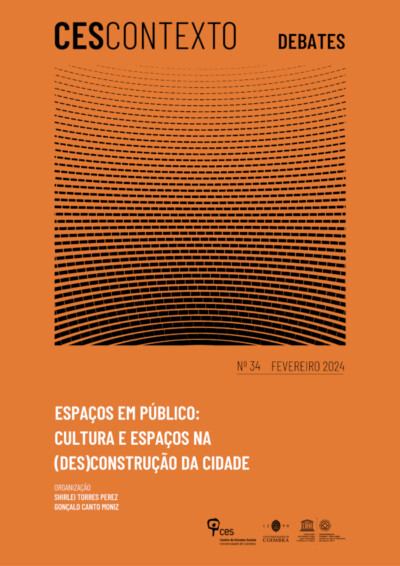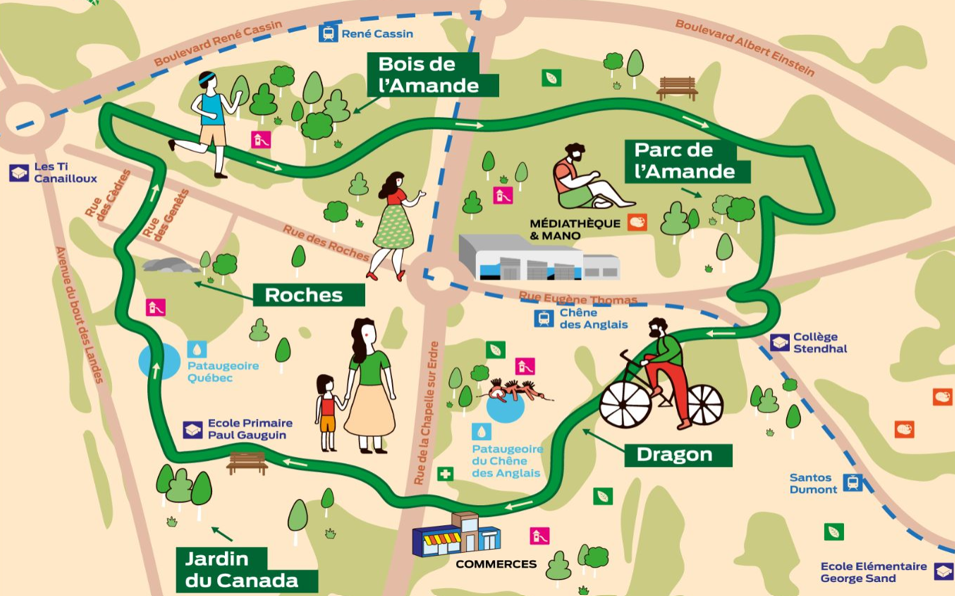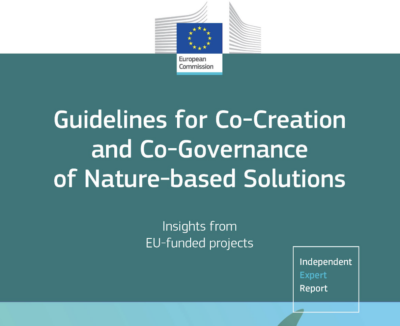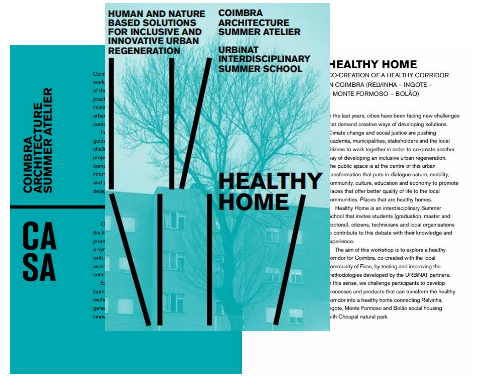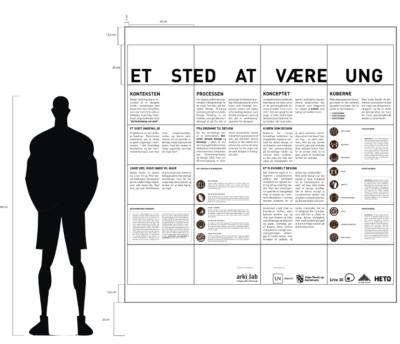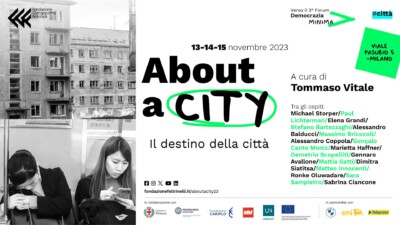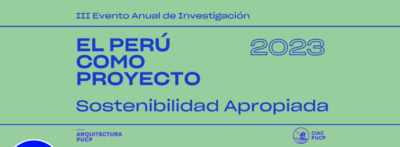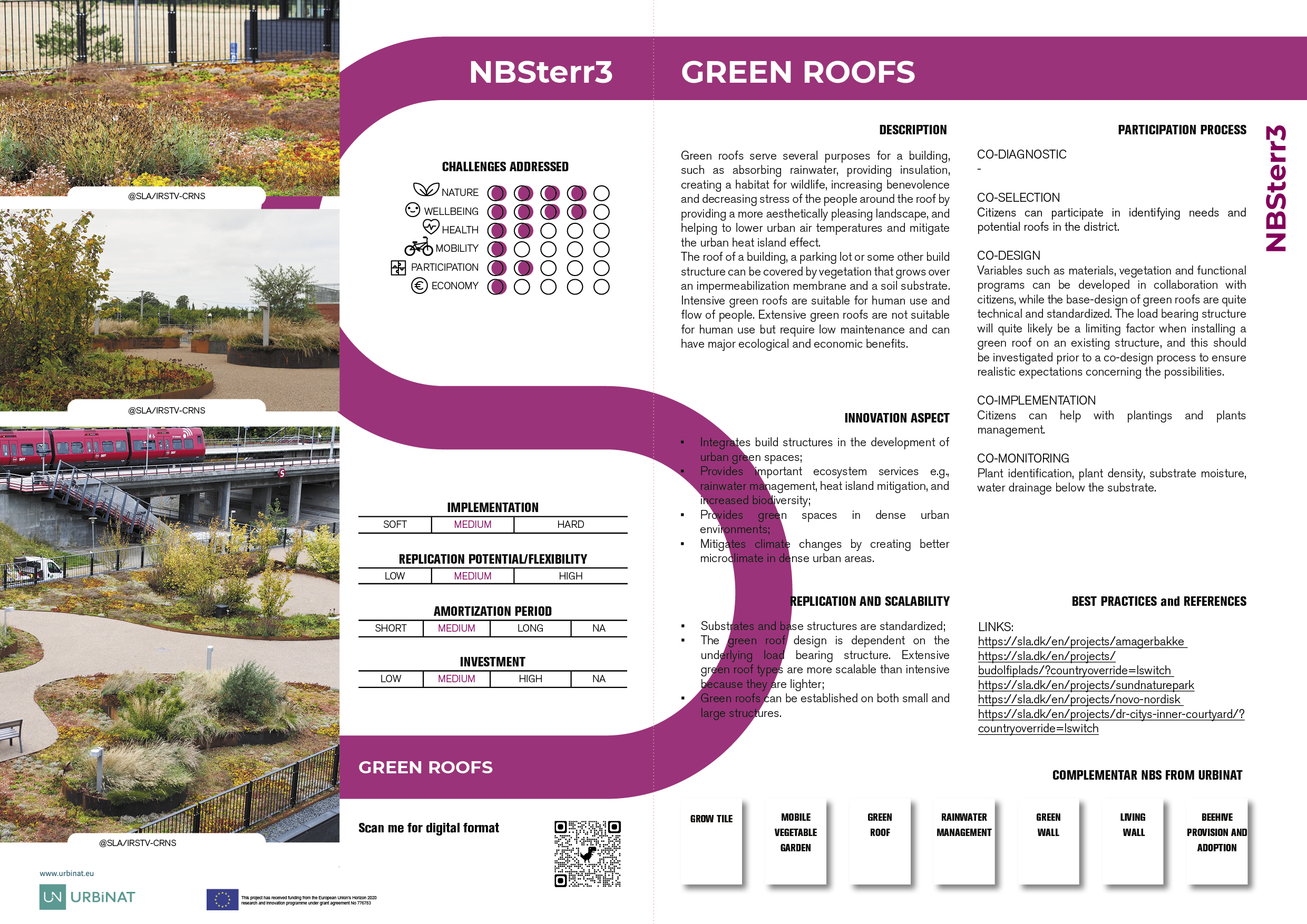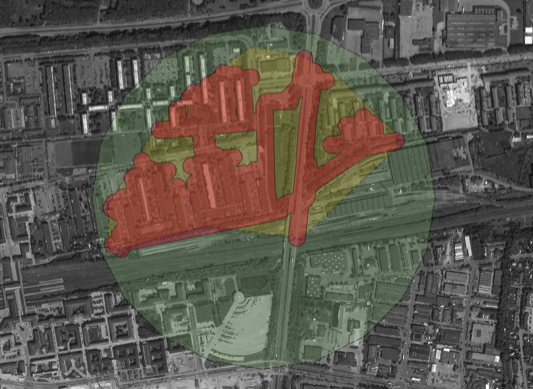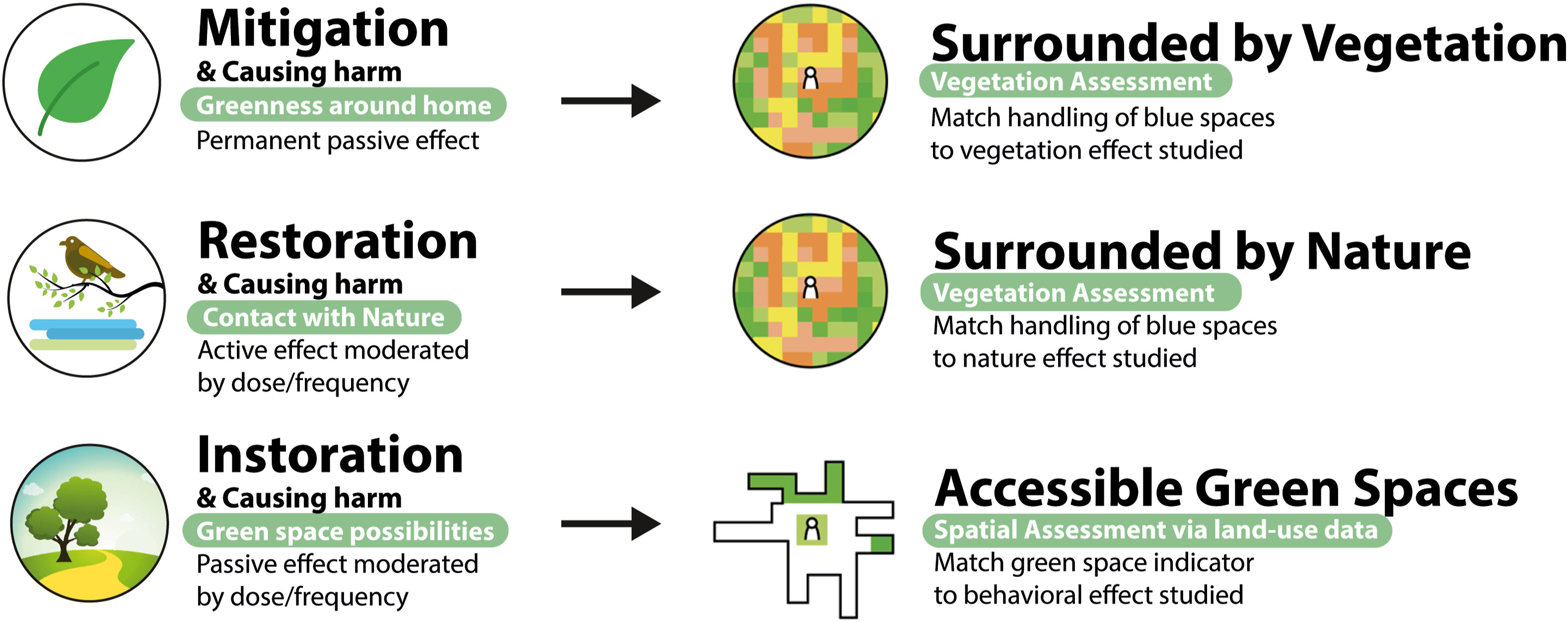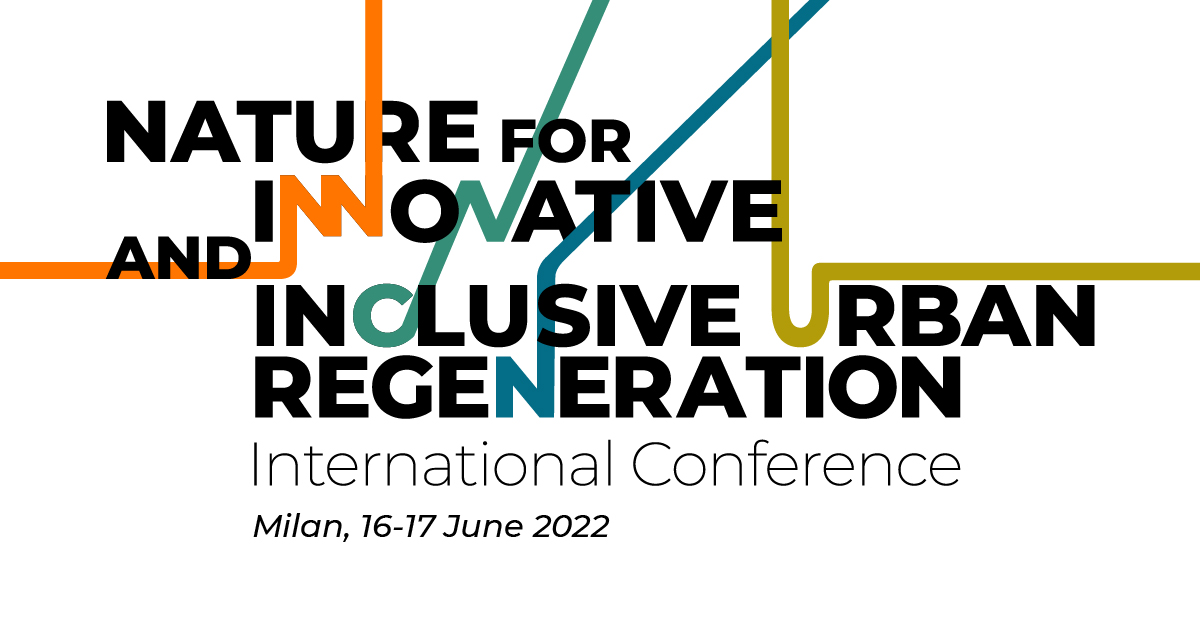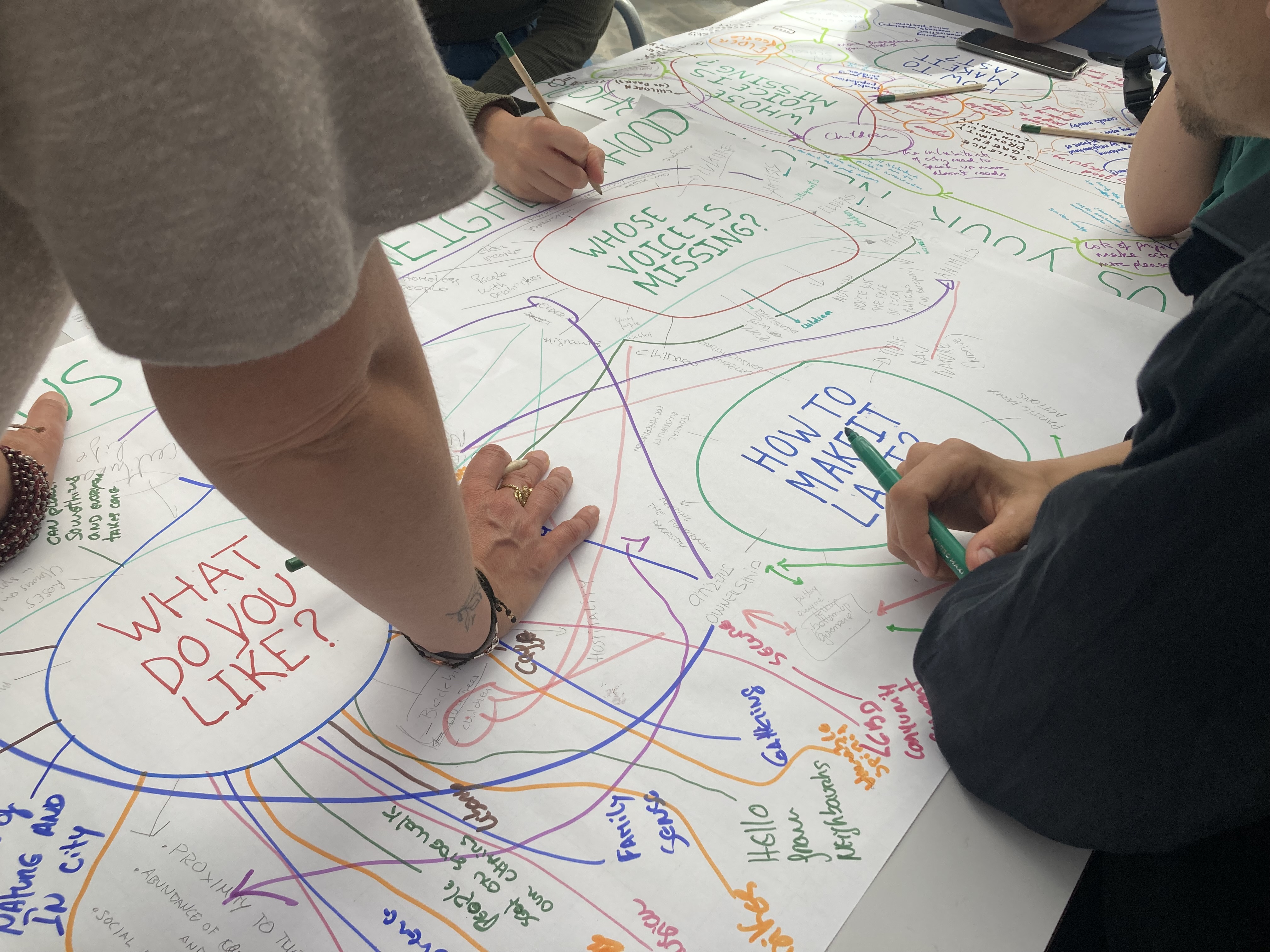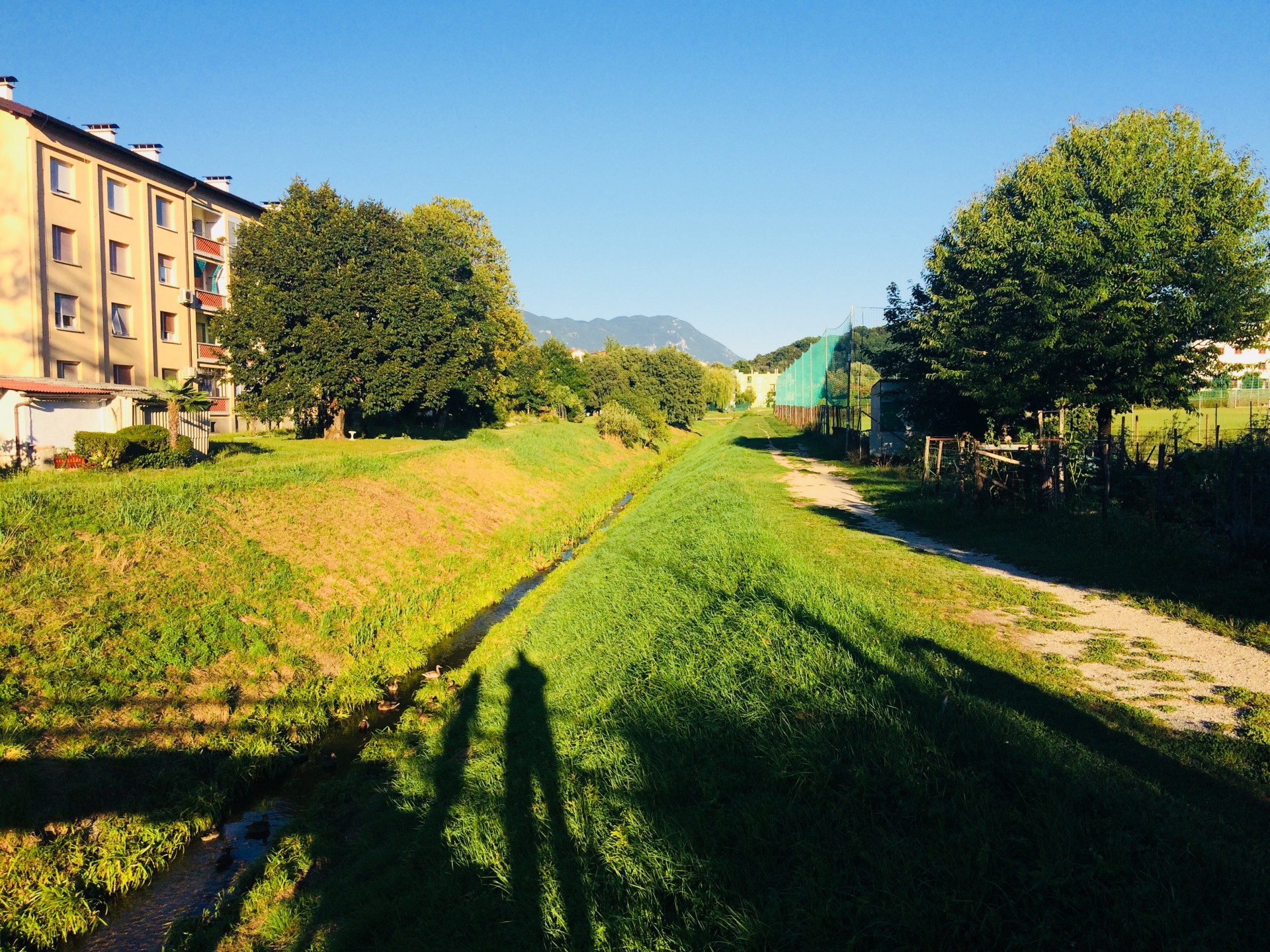Behavioural Mapping
CHALLENGES ADDRESSED
Score impact
Nature
Wellbeing
Health
Mobility
Participation
Economy
DESCRIPTION
Behavioural mapping is structured observation combining different techniques for documentation, mapping and counting of activities performed by people passing and occupying a defined space in chosen moments of time. It helps to explore the quantity and the quality of various activities performed at the place observed, the nonmotorized moving, staying, recreating or playing. The process of gathering of data through observations and data analysis and visualization can reveal the ways of presence of different targeted groups in the study area and their behaviour. This information can present overall pictures of health, wellbeing, socialization, time budget and physical activity. The results can provide in-depth knowledge of the users’ dynamics at specified locations as input for urban regeneration decisions, planning and design of healthy corridors and implementation of place oriented NBSs.
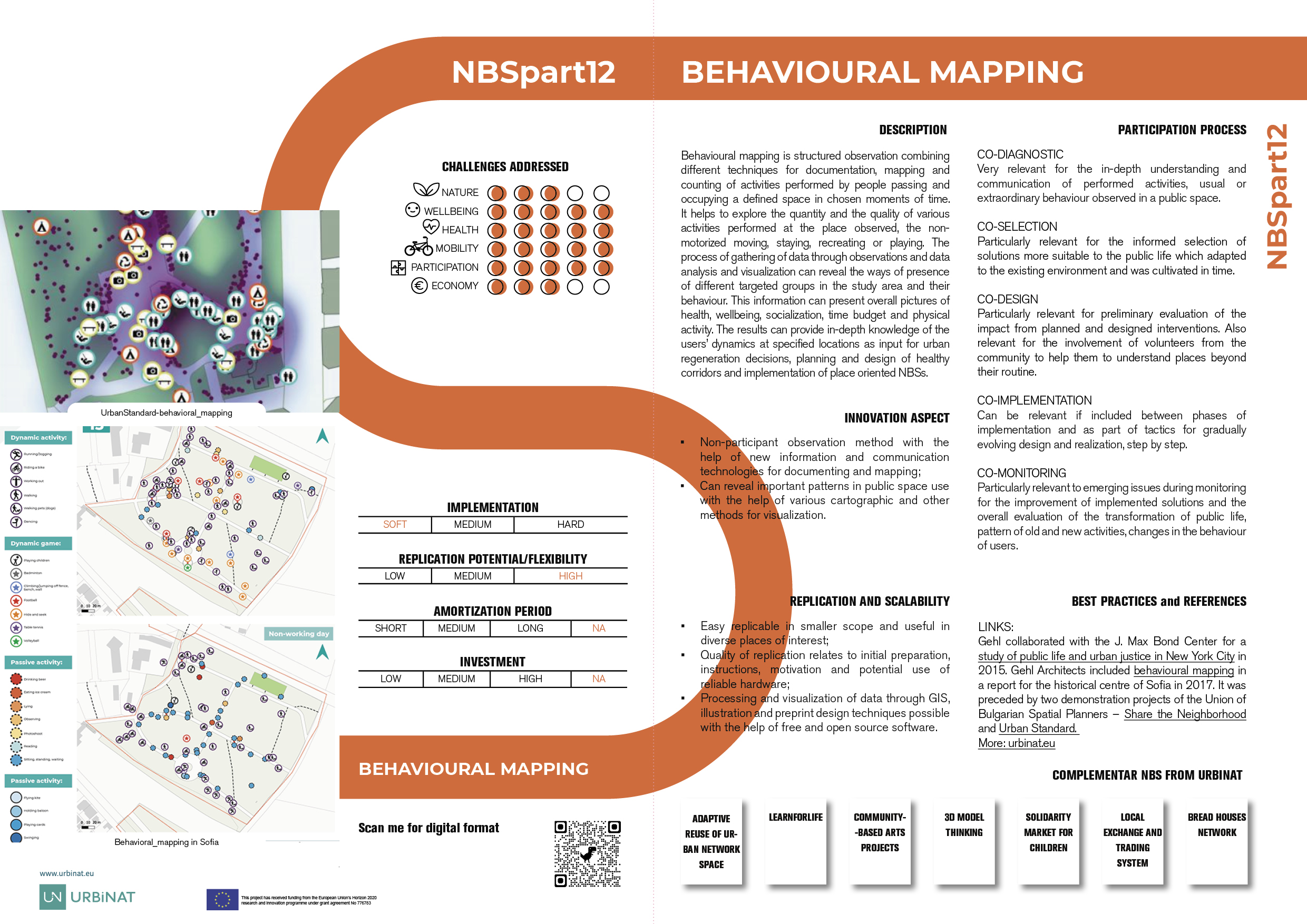
[Download PDF] Behavioural Mapping
Behavioural mapping is structured observation combining different techniques for documentation, mapping and counting of activities performed by people passing and occupying a defined space in chosen moments of time. It helps to explore the quantity and the quality of various activities performed at the place observed, the non- motorized moving, staying, recreating or playing. The process of gathering of data through observations and data analysis and visualization can reveal the ways of presence of different targeted groups in the study area and their behaviour. This information can present overall pictures of health, wellbeing, socialization, time budget and physical activity. The results can provide in-depth knowledge of the users’ dynamics at specified locations as input for urban regeneration decisions, planning and design of healthy corridors and implementation of place oriented NBSs.
INNOVATION ASPECT
• Non-participant observation method with the help of new information and communication technologies for documenting and mapping;
• Can reveal important patterns in public space use with the help of various cartographic and other methods for visualization.
REPLICATION AND SCALABILITY
• Easy replicable in smaller scope and useful in diverse places of interest;
• Quality of replication relates to initial preparation, instructions, motivation and potential use of reliable hardware;
• Processing and visualization of data through GIS, illustration and preprint design techniques possible with the help of free and open source software.
PARTICIPATION PROCESS
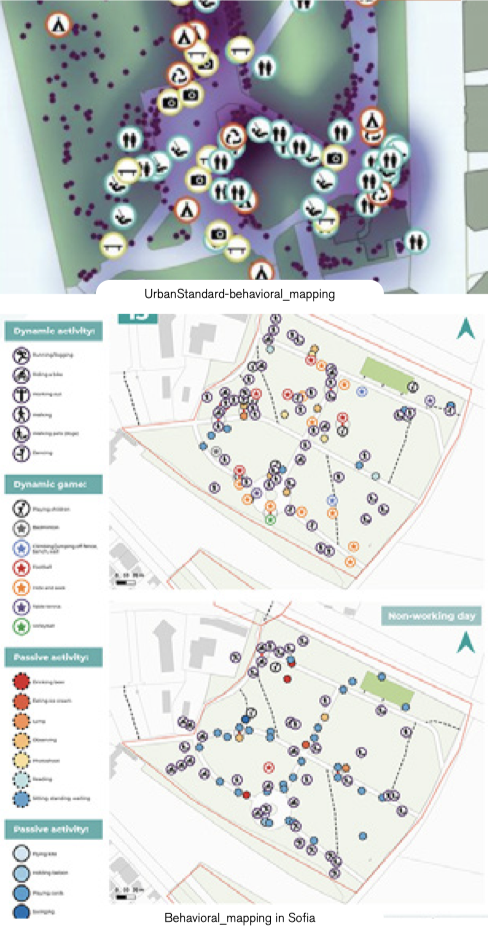
-
1
CO-DIAGNOSTIC
Very relevant for the in-depth understanding and communication of performed activities, usual or extraordinary behaviour observed in a public space.
-
2
CO-SELECTION
Particularly relevant for the informed selection of solutions more suitable to the public life which adapted to the existing environment and was cultivated in time
-
3
CO-DESIGN
Particularly relevant for preliminary evaluation of the impact from planned and designed interventions. Also relevant for the involvement of volunteers from the community to help them to understand places beyond their routine.
-
4
CO-IMPLEMENTATION
Can be relevant if included between phases of implementation and as part of tactics for gradually evolving design and realization, step by step.
-
5
CO-MONITORING
Particularly relevant to emerging issues during monitoring for the improvement of implemented solutions and the overall evaluation of the transformation of public life, pattern of old and new activities, changes in the behaviour of users.


